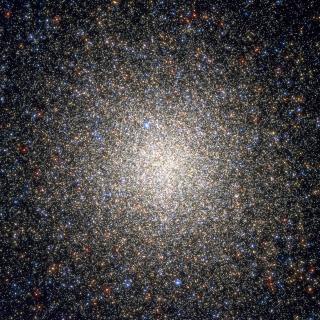Cassisi, S.; Marín-Franch, A.; Salaris, M.; Aparicio, A.; Monelli, M.; Pietrinferni, A.
Referencia bibliográfica
Astronomy and Astrophysics, Volume 527, id.A59
Fecha de publicación:
3
2011
Revista
Número de citas
36
Número de citas referidas
31
Descripción
We present new measurements of the magnitude of the main sequence turn
off and the red giant branch bump in the luminosity function of a sample
of Galactic globular clusters with updated estimates of [Fe/H] and
[α/Fe], employing photometric data collected with the Advanced
Camera for Survey onboard the HST. We compare measured and predicted
values of the magnitude difference between these two features, a rarely
employed diagnostic of the internal structure of low-mass stars at the
beginning of their red giant evolution. Our analysis discloses a clear
discrepancy between theory and observations, because the theoretical red
giant branch bump magnitudes are too bright by on average ~0.2 mag. This
corroborates results from the more widely studied magnitude difference
between horizontal branch and red giant bump, avoiding the well known
problems associated with determining the horizontal branch level from
colour-magnitude diagrams and with uncertainties in the luminosity of
horizontal branch stellar models. We briefly discuss several potential
solutions of this discrepancy.
Proyectos relacionados

Vía Láctea y galaxias cercanas
El objetivo general del Proyecto es el estudio de la estructura, historia evolutiva y proceso de formación de galaxias a través de sus poblaciones estelares resueltas, tanto a partir de fotometría como espectroscopia. El proyecto puede dividirse en cuatro líneas principales: I. Historia de formación estelar en el Grupo Local. El objetivo de esta
Martín
López Corredoira